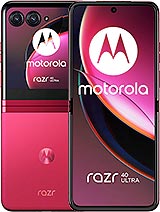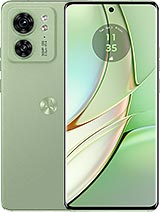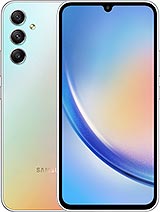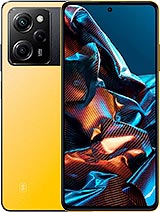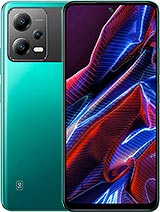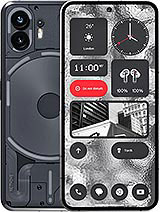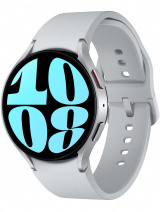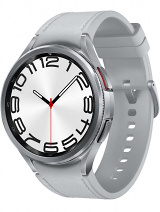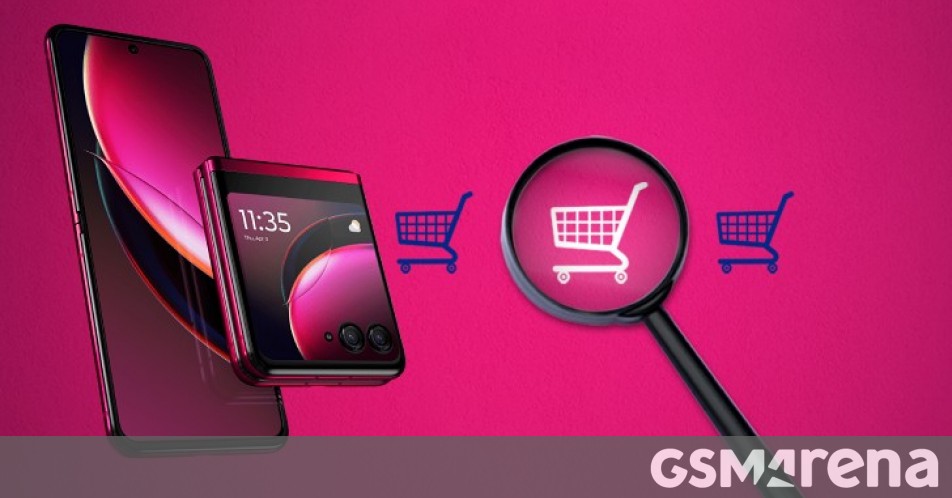
Foldable phones have a reputation of being expensive – and for the most part, it is a well-deserved reputation. However, several Motorolas have a £200 discount applied, including the foldable Razrs, which makes them easier on the wallet.
The Motorola Razr 40 is down to just £600, well below the rival Galaxy Z Flip5. Although, the Z Flip4 is perhaps the more fair comparison (finding new units is tricky, though). The Razr 40 features the Snapdragon 7 Gen 1 chipset and a basic line display on the outside.
The inside, however, is adorned with a 6.9” 144Hz LTPO panel (FHD+, HDR10+), which is almost the same as that on the pricier Razr 40 Ultra (the key difference is the 165Hz refresh rate on the Ultra). The phone is also equipped with a 64MP main camera with OIS and a 13MP 120° ultra wide camera. There is a 32MP selfie camera inside too (the tiny cover display makes for a poor viewfinder). The phone has a relatively large battery for a flip, 4,200mAh, and it supports both 30W wired and 5W wireless charging.
While not quite as affordable, the Motorola Razr 40 Ultra is still well under a thousand quid. It brings the more powerful Snapdragon 8+ Gen 1 chipset to the table and (crucially) a much more usable 3.6” cover display (1,056 x 1,066px resolution, 144Hz refresh rate). This one has a 12MP main camera instead (with OIS) and a 13MP ultra wide with a narrower lens (108°). The 3,800mAh battery is smaller, but the more efficient chipset makes up the difference so the Razr 40 and Razr 40 Ultra have very similar battery life. Charging is the same at 30W wired and 5W wireless.
If foldables still don’t appeal to you but a £200 discount does, check out the Motorola Edge 40. It’s a bar phone with a curved 6.55” 144Hz OLED display (FHD+) and is powered by the Dimensity 8020. It has a 50MP main camera (1/1.55” sensor, OIS) and a 13MP ultra wide, plus a 32MP selfie. The 4,400mAh battery isn’t big, but it’s very fast to charge over USB-C (68W) and also supports 15W wireless for added convenience.
The Samsung Galaxy A34 has a similarly-sized 6.6” display – an FHD+ AMOLED, though with 120Hz refresh rate this time and it’s flat. It is based on the less powerful Dimensity 1080, but this one has a microSD card to expand the storage. The 48MP main camera has a smaller sensor (1/2.0”) but still has OIS, the ultra wide and selfie cameras have 8MP and 13MP sensors, respectively. The battery on the A34 is a bit bigger at 5,000mAh, but only supports relatively slow wired charging (25W). The phone is rated IP67 (compared to IP68 for the Moto).
Also in this price range are two Poco X5 models. The Pro model is pricier, but you get a 108MP main camera (1/1.52” sensor) instead of a 48MP one. Also, the more powerful Snapdragon 778G is capable of 4K @ 30fps video recording, the vanilla phone’s Snapdragon 695 tops out at 1080p @ 30fps. Also worth noting is that the Poco X5 Pro has faster charging at 67W (100% in 45 minutes instead of 60 minutes).
The vanilla Poco X5 is cheaper, especially if you go for the 128GB model – which you can do since this one has a microSD slot, unlike the Pro. But the price savings come at a cost too, the display on the Pro model is a 10-bit panel with Dolby Vision and HDR+ as well as Gorilla Glass 5. The vanilla display is an 8-bit panel with GG3 instead.
If you’re looking for something more premium, the Nothing Phone (2) brings a Snapdragon 8+ Gen 1 chipset and a 6.7” 120Hz LTPO OLED display to the party. It also has a pair of 50MP cameras – a 1/1.56” sensor and OIS for the main, a 114° lens for the ultra wide (there is no tele module). The battery in this one has 4,700mAh capacity and supports 45W wired and 15W wireless charging.
You can also pick up the Nothing Ear (2) TWS buds. They have a recognizable transparent design and good quality audio, but the ANC, latency and battery life were less than impressive.
Finally, a pair of Android Wear smartwatches – specifically, the Samsung Galaxy Watch6 duo with One UI Watch. If you don’t care for a physical bezel, you can grab the Galaxy Watch6 for less money. Note that we’ve linked both Bluetooth and LTE versions in both sizes.
The Galaxy Watch6 Classic is larger – 43mm or 47mm vs. 40mm or 44mm – and that is because of the rotating bezel since the screen size is identical, 1.3” and 1.5” for the small and large versions. Even the battery capacity is the same between the vanilla and Classic versions, 300mAh for the small ones and 425mAh for the big ones.
We may get a commission from qualifying sales.

